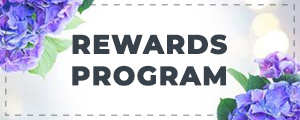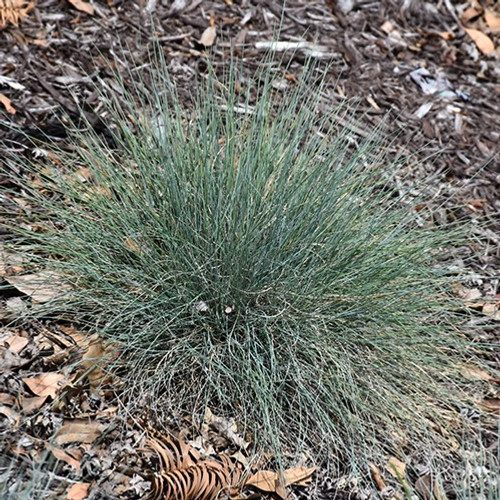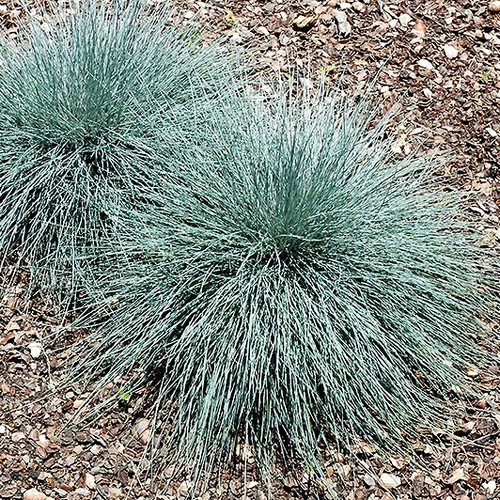| Festuca arundinacea 'Glow Sticks' | USDA Zone: 4-8 |
Glow Sticks Blue Fescue is primarily valued in the garden for its interestingly mounded form. Its attractive grassy leaves remain forest green in colour throughout the year. The tan seed heads are carried on spikes from mid summer to late fall.
Mounded dark green foliage create the perfect backdrop for tall, lemon-yellow flower stalks; great color accent in borders, not a spreading grass; useful in dryer areas but try not to subject it to extremes; excellent disease, heat and humidity resistance
Glow Sticks Blue Fescue is recommended for the following landscape applications;
- Rock/Alpine Gardens
- Border Edging
- General Garden Use
- Naturalizing And Woodland Gardens
- Container Planting
Common Name: Blue Fescue, Ornamental Grass
|
Key Feature
|
Light Needs | Landscape Uses |
 |
 |
|
|
|
|
| More About Glow Sticks Blue Fescue Ornamental Grass |
| Height: 30 inches |
Spread: 18 inches |
Flower Colour: Lemon/Yellow Shades |
|
Glow Sticks Blue Fescue does best in full sun to partial shade. It prefers to grow in average to dry locations, and dislikes excessive moisture. It is considered to be drought-tolerant, and thus makes an ideal choice for a low-water garden or xeriscape application. This plant does not require much in the way of fertilizing once established. It is not particular as to soil type or pH. It is highly tolerant of urban pollution and will even thrive in inner city environments. Cool Season Grasses: These grasses do the majority of their growing in early spring and start again when temperatures start to cool in the fall. During the warmer summer months, they stop growing and some will even go dormant. Cool season grasses flower in the spring or early summer. Most cool season grasses grow best in a consistently moist soil. Glow Sticks Blue Fescue is a fine choice for the garden, but it is also a good selection for planting in outdoor pots and containers. It can be used either as 'filler' or as a 'thriller' in the 'spiller-thriller-filler' container combination, depending on the height and form of the other plants used in the container planting. It is even sizeable enough that it can be grown alone in a suitable container. Note that when grown in a container, it may not perform exactly as indicated on the tag - this is to be expected. Also note that when growing plants in outdoor containers and baskets, they may require more frequent waterings than they would in the yard or garden. Be aware that in our climate, most plants cannot be expected to survive the winter if left in containers outdoors, and this plant is no exception. NOTE: Some flowers and plants may be harmful or poisonous to people or pets if touched or ingested. If you require more information before placing an order, please let us know in advance. |









